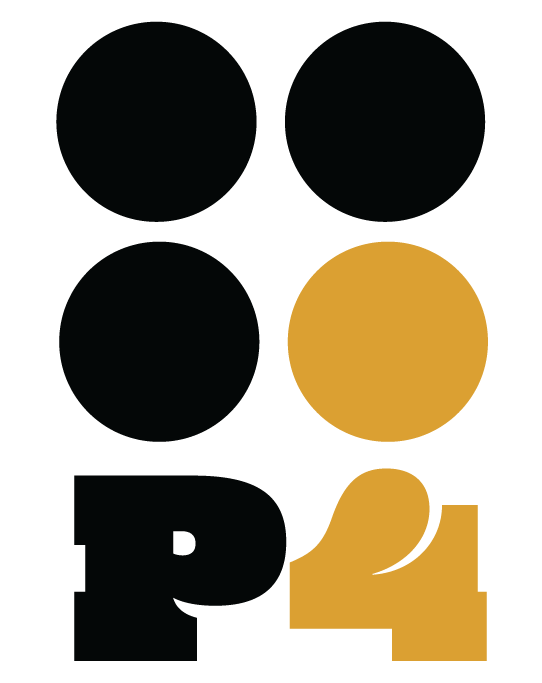What is Image licensing and How Do Commercial Photographers Charge?
What is an image license or image usage agreement? Often clients who aren't used to hiring commercial photographers are confused and frustrated when they discover they don't just own the images and can do whatever they want with them. The goal of this blog is to break down what an image usage license is and why commercial photographers use them.
A commercial photography usage license is an agreement between the intellectual property owner (the photographer) and another party that wants to use the images for commercial/advertising/marketing purposes.
The license specifies the permitted usage (on billboards, on a website's homepage, in one social media post, etc), and any user that isn't covered by the usage license is prohibited. A single usage license allows you to do anything, since there are an infinite number of possibilities for combining mediums/locations/times to come up with creative uses for images in/on/for a company.
Why do photographers charge a usage fee? Why can't I use the image however I want?
A good example is an app for your computer. If you need to purchase Microsoft Office for your staff, you'll need to purchase licenses for each user. Microsoft could just give you the software for you to distribute freely, sure, but they wouldn't make any money that way. Photography is the same way. Each use-case scenario will come at a different cost.
Here are three examples of usage licenses:
• The use of three images in a Facebook ad with a 72-hour run duration, aimed at a North American audience of 2 million Sony Playstation and X-Box console users.
• The unrestricted, exclusive, international use of 15 images in perpetuity. No third-party rights. Editorial use requires an additional fee.
• The exclusive, perpetual use of 35 images for organic social media posts on a single social media channel. No third-party rights. Promoted and paid social media posts incur an additional fee. Simply put, a ‘usage license' is the description of what the end-user/customer is paying for when they acquire usage rights to an image(s).
Usage fees/licensing fees:
A usage fee, often known as a licensing fee, is the cost the customer will pay to use the photos. This fee is calculated based on the client's gain in return for using the images. Where, what, how many and for how long are questions that are answered to determine what the appropriate usage fee will be. A global company that places billboards along every highway in the United States is going to pay a significant amount. A modest local cafe or bar displaying an image in their social feeds for their new special or menu item will pay considerably less. In those scenarios, the benefit to the company (e.g. potential payoff) is drastically different.
When you purchase a usage fee, you are investing in the predicted outcome from the photo advertising/marketing usage. This is not a cost; rather, it is an investment with anticipated results.
Almost every photographer is willing to offer open usage for an unlimited amount of time in perpetuity to their customers, but this comes at a very expensive rate since it covers ALL visible uses, including television/broadcast and book cover production, as well as packaging anywhere in the world. (For example, a company will never utilize all of that usage.)Consequently, the majority of businesses opt to identify their usage to avoid significant expenses in licensing costs.
Why do I still have to pay for the photographer's time to shoot the image if I still have to pay a licensing fee?
Photographers will charge their fee for actually shooting the photos. This is usually an hourly or day rate for showing up to do the work. You are paying for the photographer's time and not the images. Image Licensing is a separate line item. This ensures that the photographer is paid for their time, regardless of whether or not images are licensed.
Retainer agreements
There are also retainer contracts, which are often used in cases where the photographer has been working with the client for a while and they both are happy with the work produced. Retainer agreements are special arrangements that wave some or all licensing fees in exchange for consistent billable hours. Agreements like this are rare and are made when the client and photographer have been working together for a while. It's a special circumstance when there is a benefit of consistent paid work for the photographer and the client knows what to expect from the photographer. Relationships like this are built on trust and commitment. Retainer agreements shouldn't be seen as a way to save money, but as a way to have a long-term relationship with a photographer that they trust. It truly is a partnership.
In summary
You can think of photographer billing in three parts:• The photographer's fee - Hourly or Day rate.• Image license fee - Based on how the image will be used.• Production costs - Paying for models, locations, grip, hair/makeup. It can sound complicated, but a qualified and experienced commercial photographer can simplify the process and explain how they bill. For us, we value transparency and you will never be charged anything that you don't know about or haven't signed off on.


